|
Years before I went back to school to get a Master's degree in Leadership & Policy Studies, a colleague of mine told me that she had been asked by her faculty advisor as she completed her Master's degree what her one big take-away had been. Her response, she said, had been that it's important to read the foreword in a book. In all honesty, I didn't see the value in the behavior she recommended at the time of our conversation; it wasn't until years later that I discovered the wisdom in her words. Something else that exchange did for me, though, was to serve as a prompt during my own graduate studies, and, upon earning my Master's degree several years later, I identified my own big take-away: There is great value in the process of reflection. Since I began teaching occupational therapy students, I have been interested in how, when, and why they reflect and how that impacts their learning. Over time, what I have noted is that there is great variability in the methods of instruction in and in the expectations and evaluation of reflective writing. In fact, “the widespread espousal of reflection as a key to effective learning has meant that its meaning is assumed to be obvious to all” (James & Brookfield, 2014, p. 26); however, in the midst of the multitude of methods of delivery and expectations associated with this teaching and learning technique, only infrequently are students provided with structured and distinct instruction about the process of reflective writing (James, 2007). Several months ago, I came across an article by Martin Hampton in the Department for Curriculum and Quality Enhancement at the University of Portsmouth (n.d.) that provides a detailed breakdown the components of a high quality reflection. In the article, reflective writing is defined as evidence of reflective thinking and, in the context of academics, described as having three components:
Reflective writing is thus more personal than other kinds of academic writing. We all think reflectively in everyday life, but perhaps not to the same depth as that expected in good reflective writing at [a] university level." ~Martin Hampton When a situation or assignment calls for carefully structured reflective writing, it may be helpful to think of questions that related to each of the of three parts: Reflection is an exploration and an explanation of events -- not just a description [or summary] of them. Genuinely reflective writing often involves 'revealing' anxieties [and/or other emotions], errors and weaknesses, as well as strengths and weaknesses. It is often useful to 'reflect forward' to the future as well as 'reflecting back' on the past." ~Martin Hampton Following is a series of diagrams that serve as a breakdown of the possibilities for wording - or a DISSECTION of a REFLECTION. Each of the 3 big rectangles represents one of the major components, and the phrases in the other shapes are meant to serve as prompts in the writing process. Please note that this is just one way to structure reflective writing; there are other ways, and you may be required or you may choose to follow a different model. Please remember, though, regardless of the format you choose, that there is great value in reflection ... and that, like many other things in life, oftentimes what you get out of this process is directly related to what you put into it. References
Hampton, M. (n.d.) Reflective writing: A basic introduction. University of Portsmouth: Department for Curriculum and Quality Enhancement. Retrieved from www.port.ac.uk/ask James, A., and Brookfield, S. D. (2014). Engaging Imagination: Helping Students Become Creative and Reflective Thinkers. San Francisco, CA: Jossey-Bass. James, A. (2007). Reflection revisited: Perceptions of reflective practice in learning and teaching. Art, Design, & Communication in Higher Education, 5(3), 179-196. Wald, H. S., Borkan, J. M., Taylor, J. S., Anthony, D., and Reis, S. P. (2012). Fostering and evaluating reflective capacity in medical education: Developing the REFLECT rubric for assessing reflective writing. Academic Medicine, 87(1), 41-50.
2 Comments
Orli
8/25/2017 10:15:40 am
Dear Stephanie,
Reply
Ray
5/1/2018 03:16:57 pm
Thank you. You have provided much clarity over a simple but elusive topic.
Reply
Your comment will be posted after it is approved.
Leave a Reply. |
AuthorStephanie Lancaster, EdD, OTR/L, ATP is an occupational therapist with over 30 years of clinical experience. As an associate professor, Stephanie trumpets the value of teaching and practicing in the field of OT in an "out loud" manner. Archives
December 2021
Categories |
| The Outloud OT |
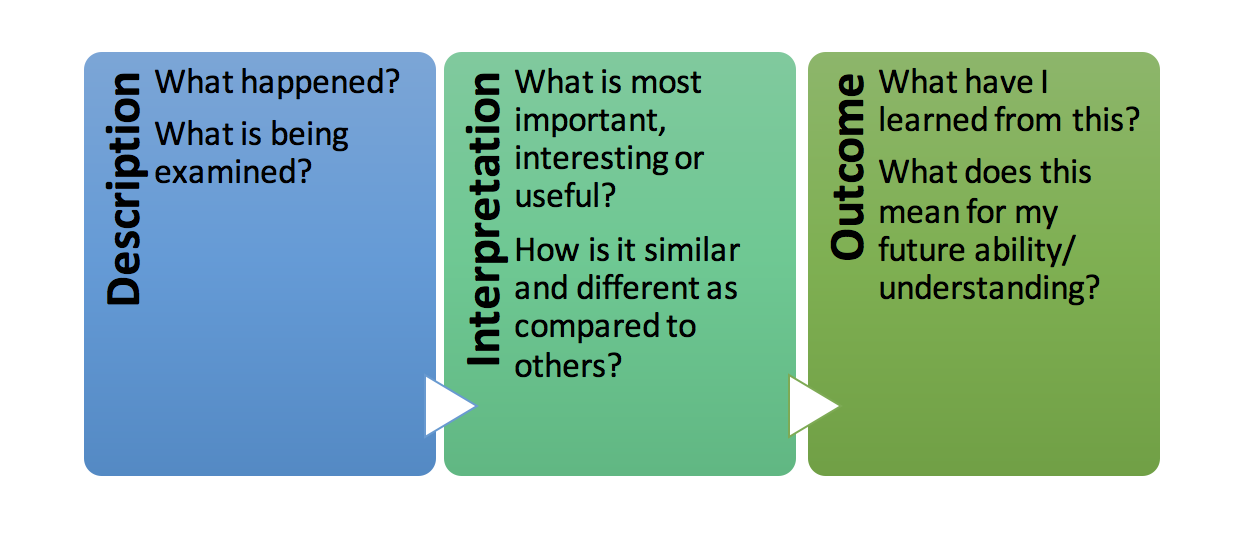


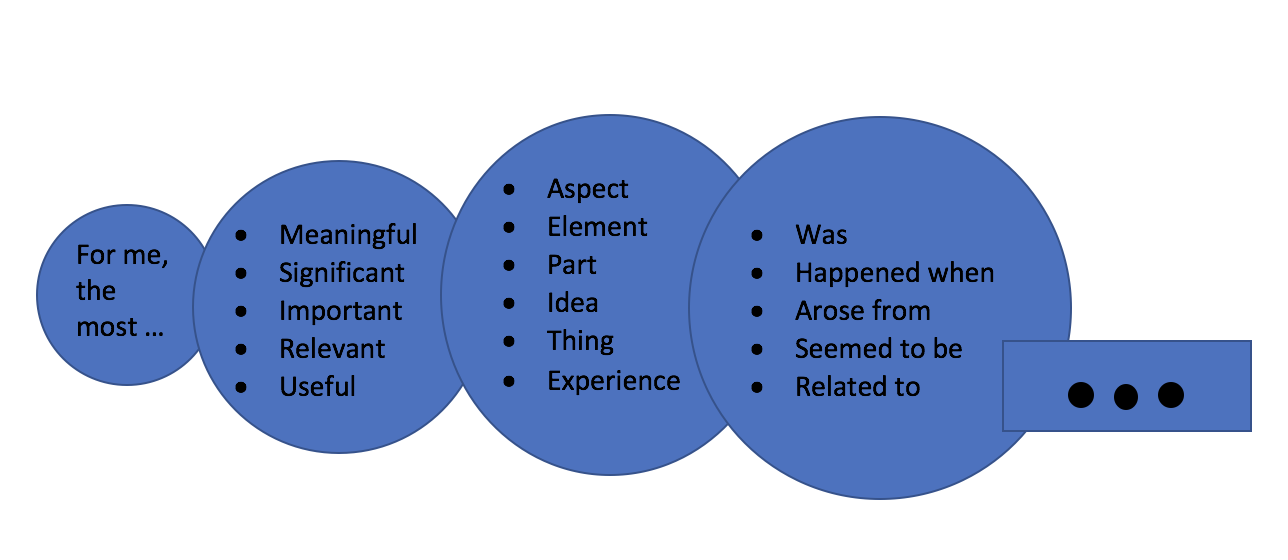
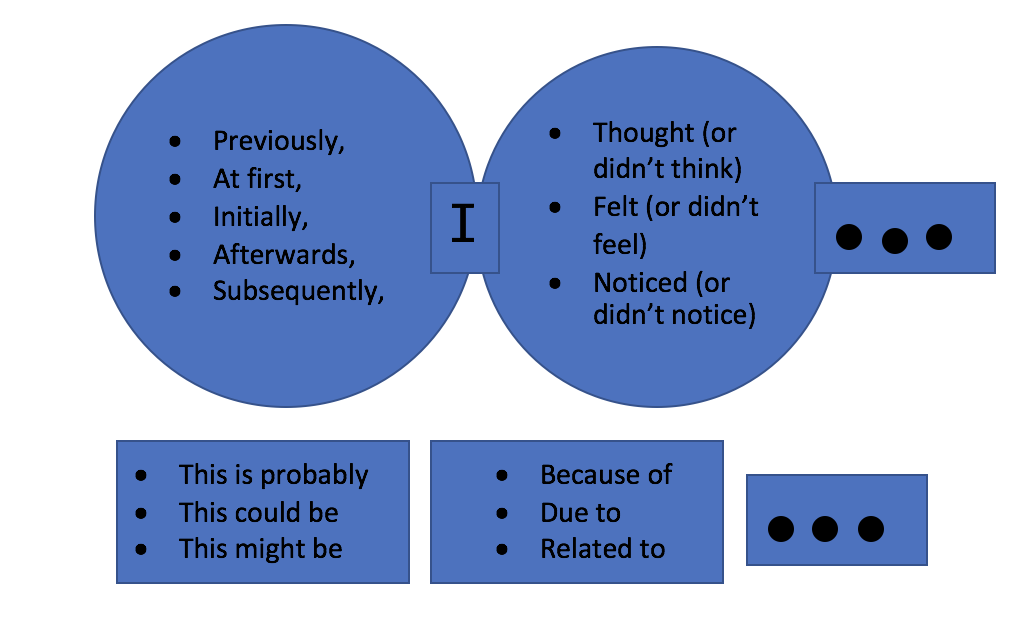
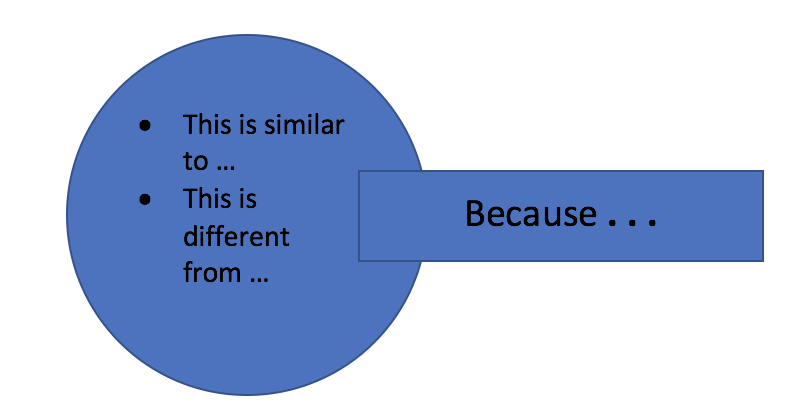

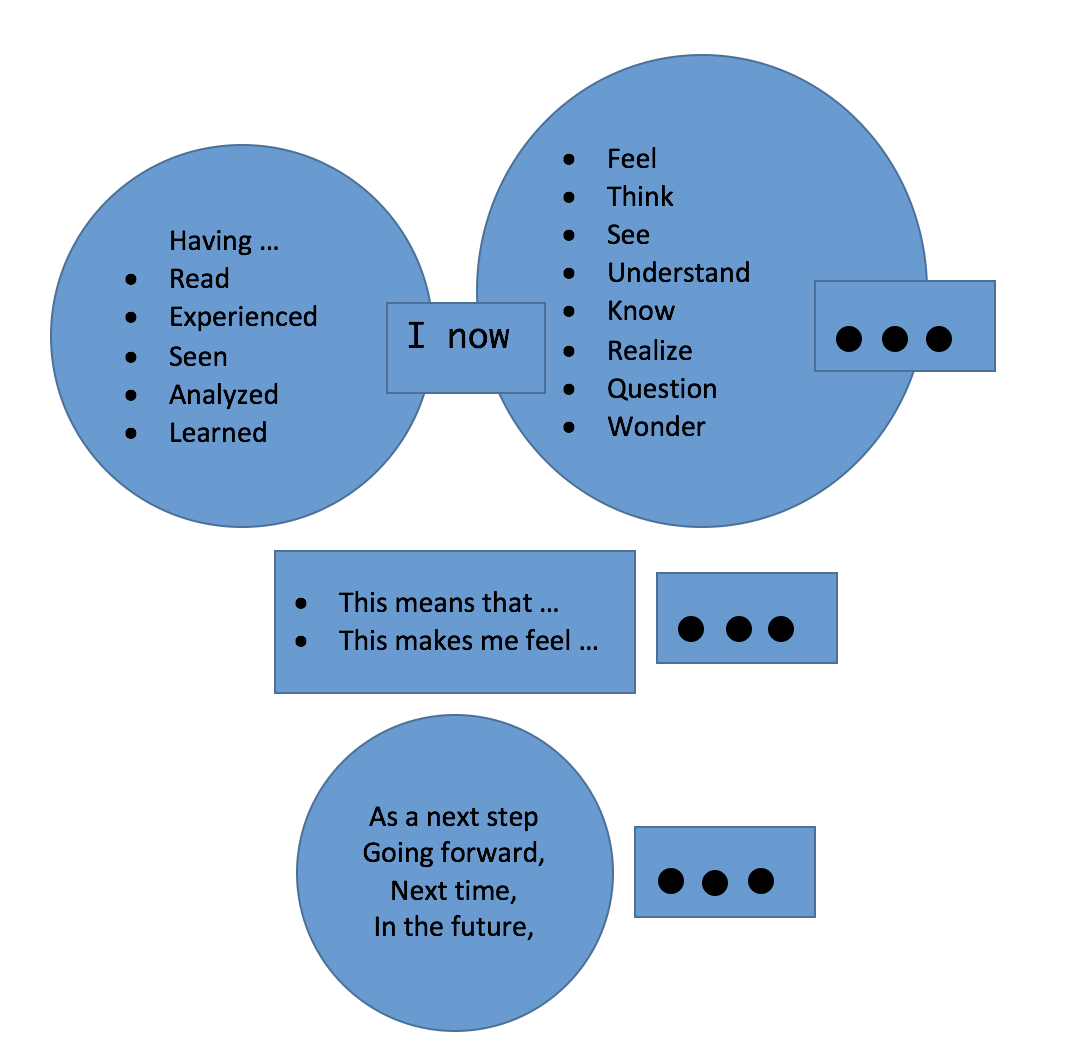
 RSS Feed
RSS Feed
